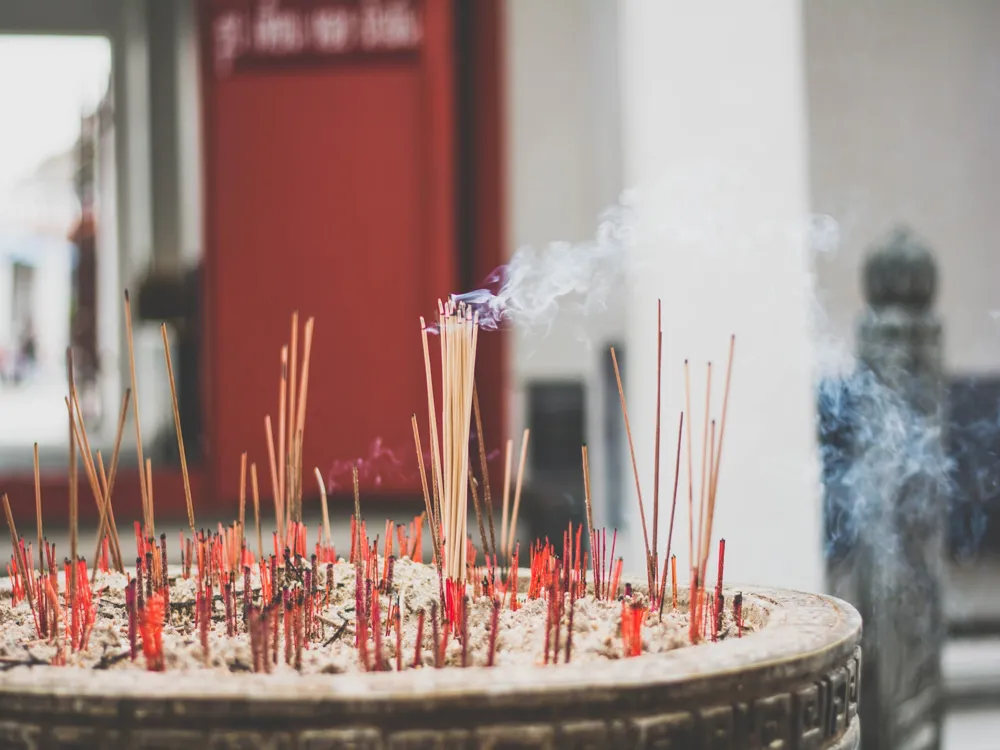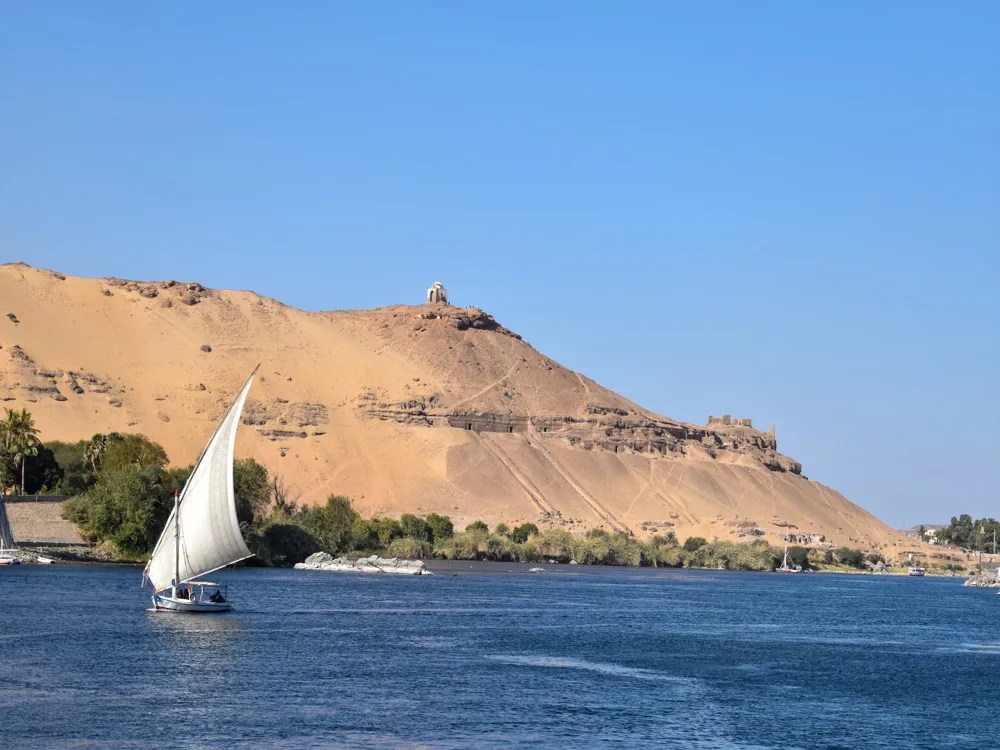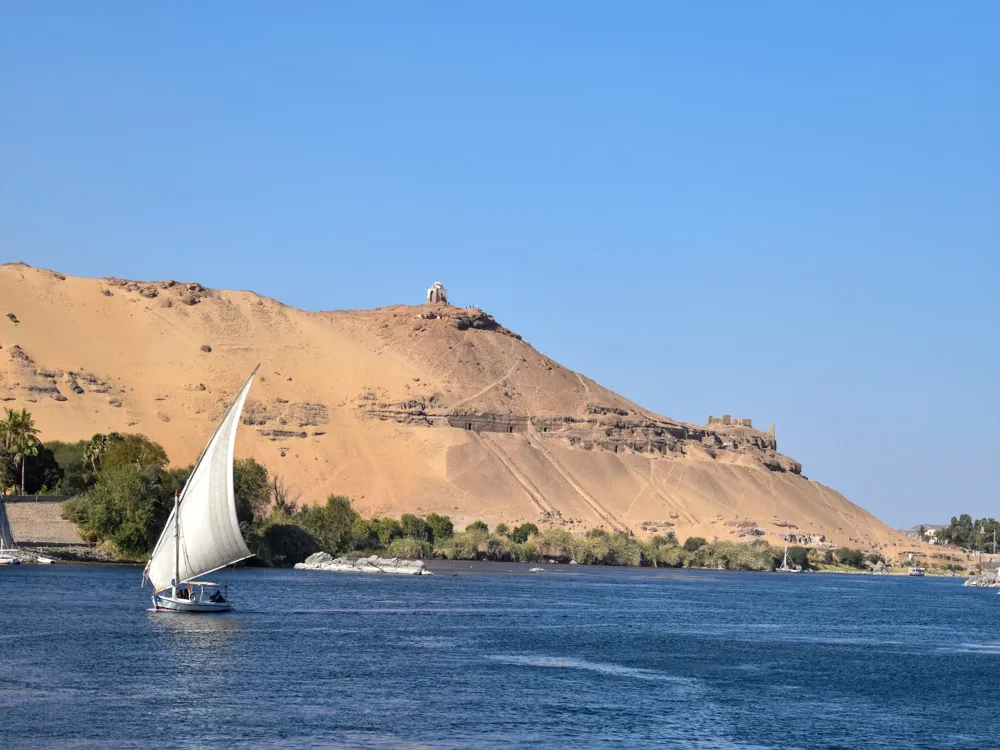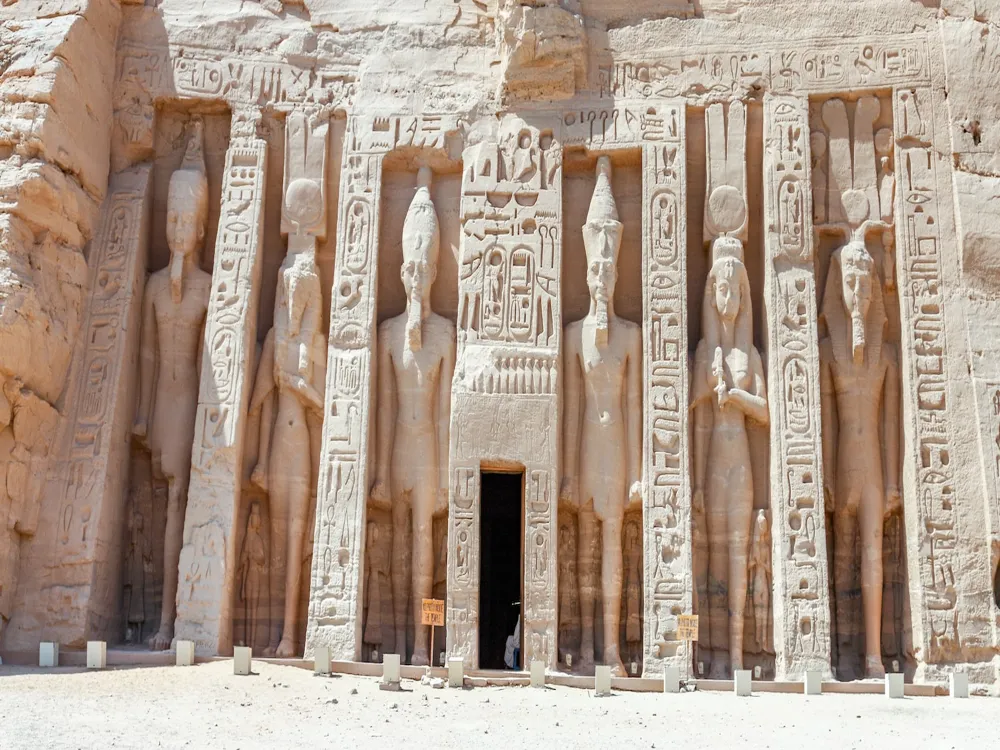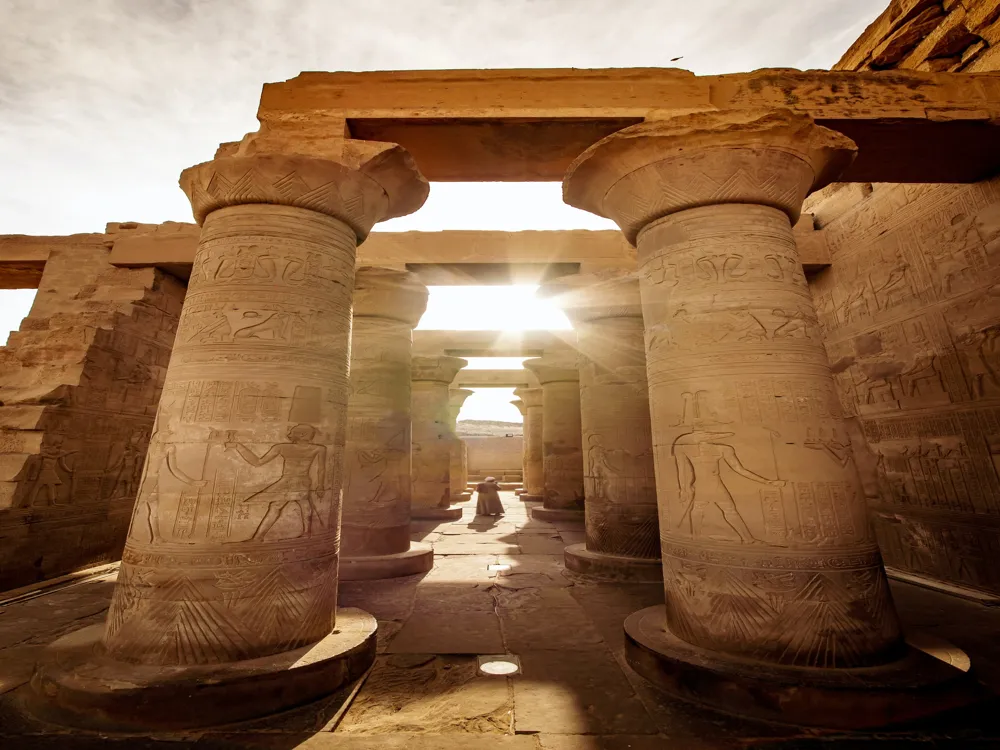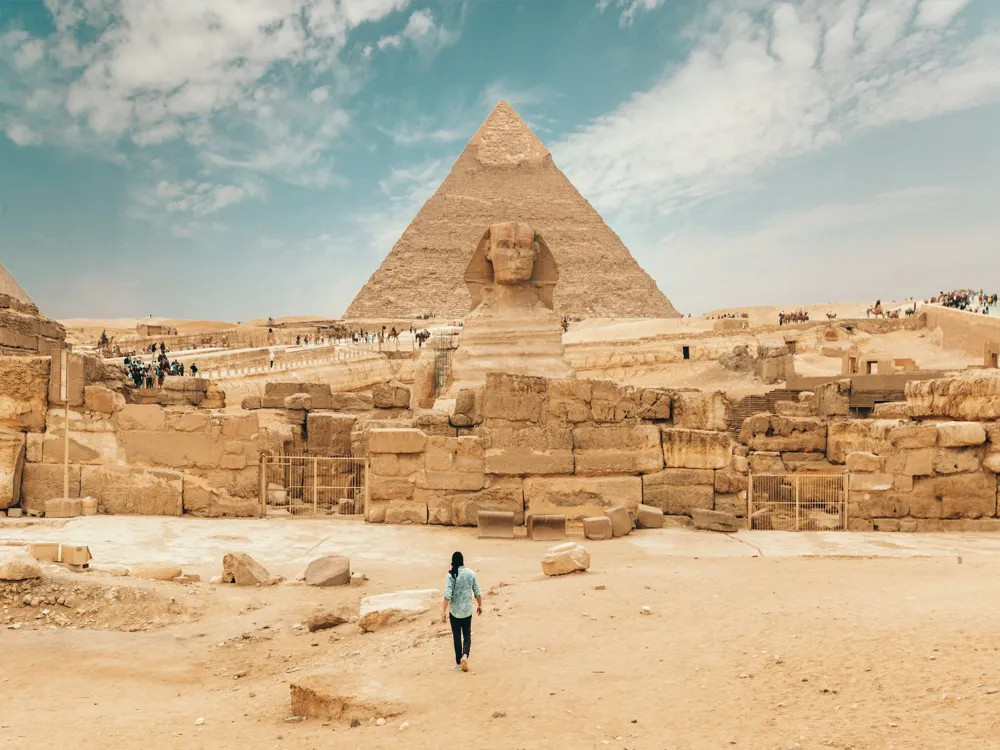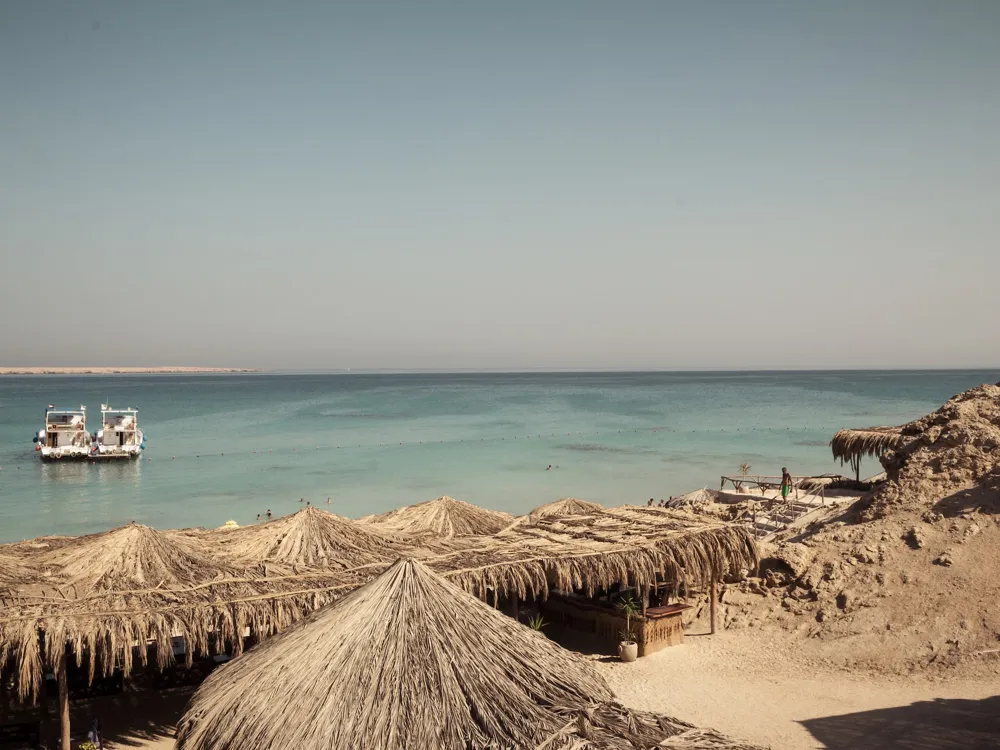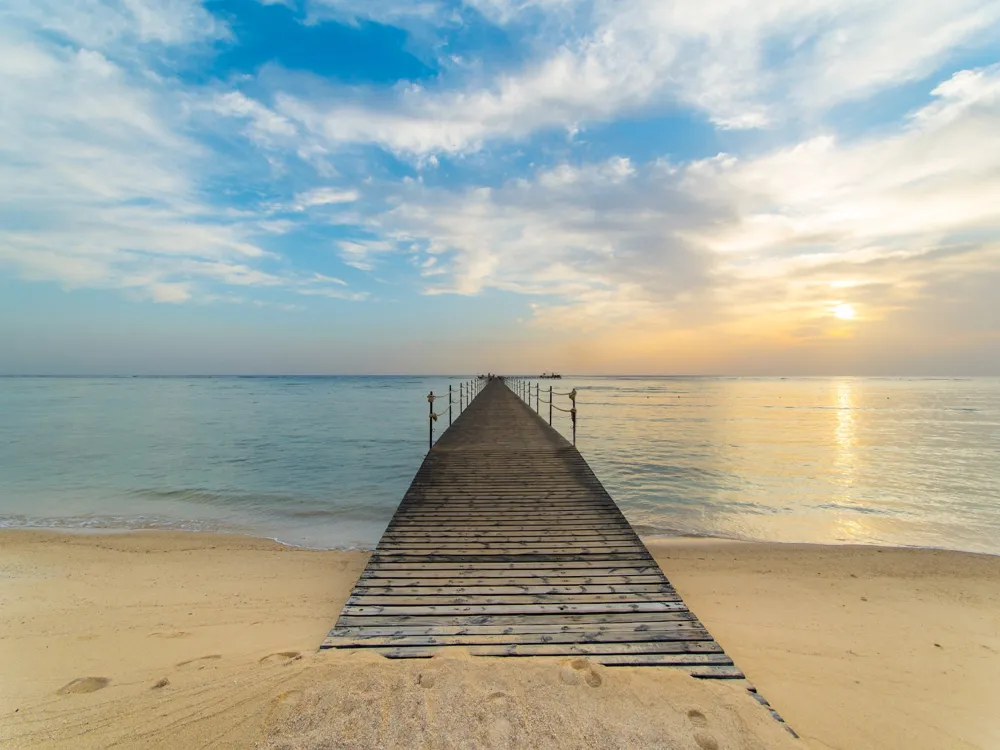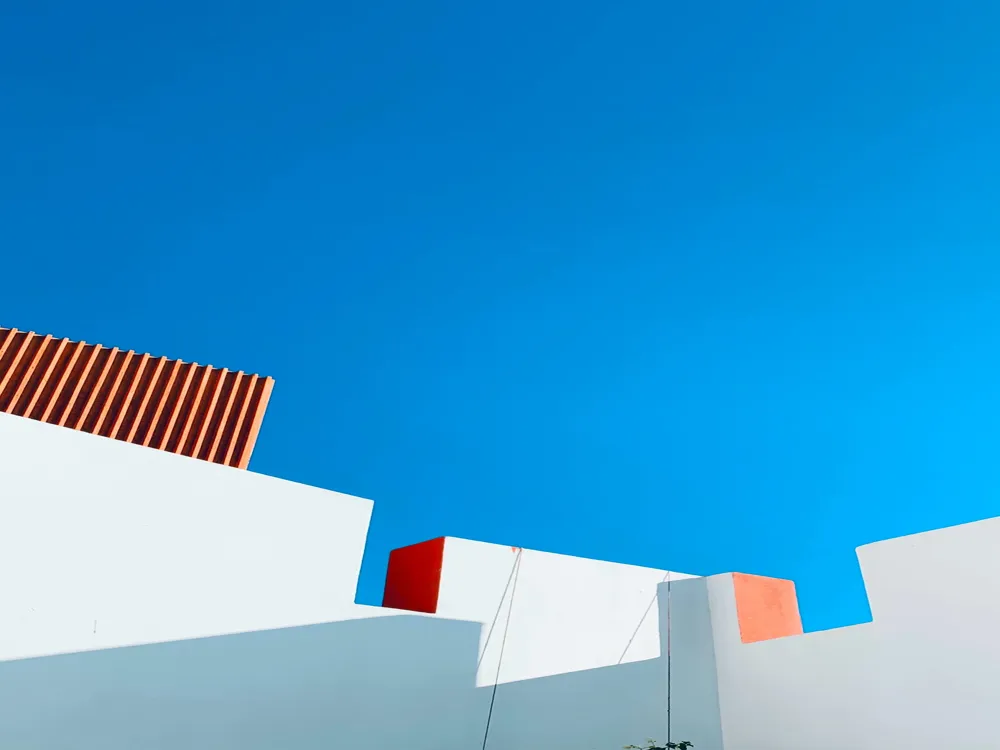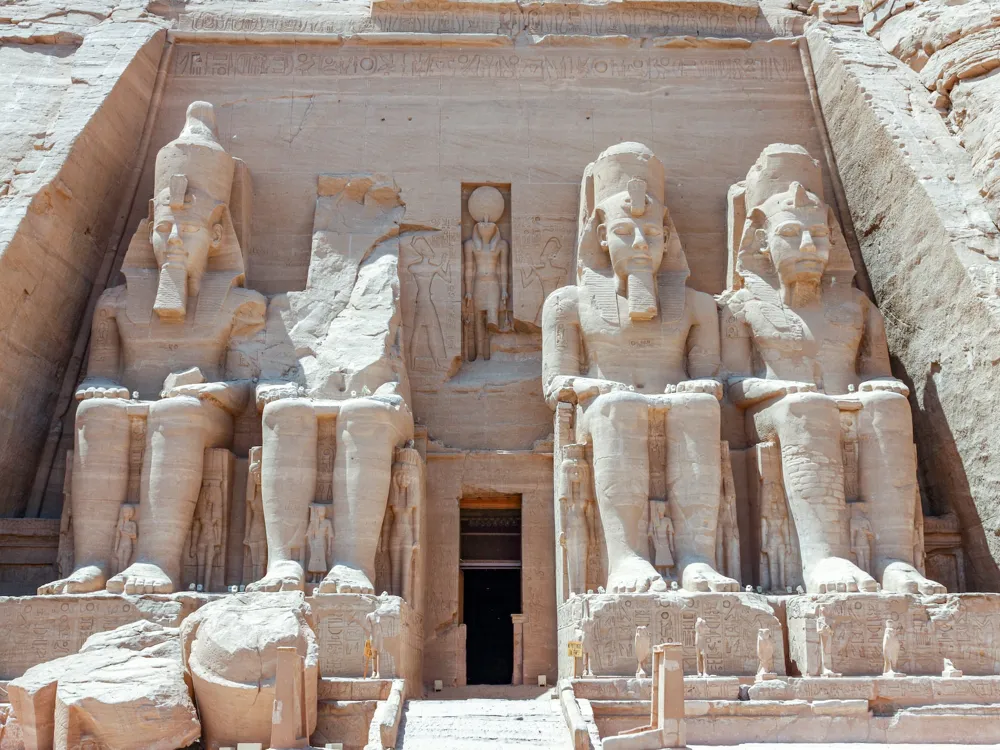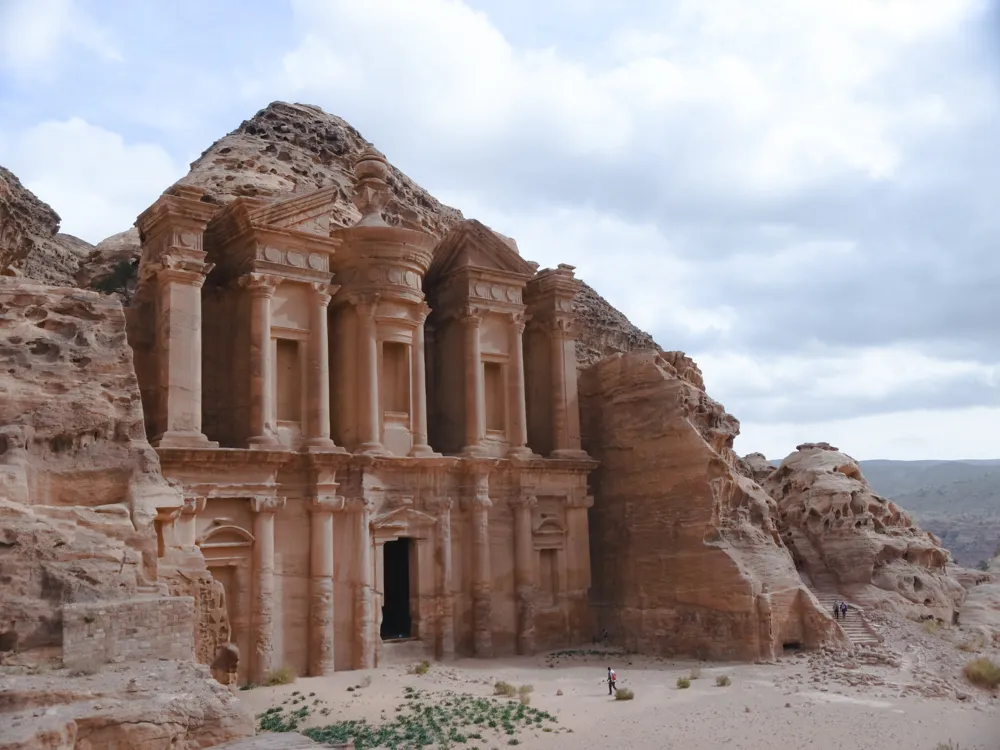The Temple of Kom Ombo, located in Aswan, Egypt, stands out due to its unique double design, dedicated to the crocodile god Sobek and the falcon god Horus. This architectural marvel dates back to the Ptolemaic dynasty, offering insights into ancient Egyptian religion, medicine, and mythology through its intricate reliefs and inscriptions. The architecture of the Temple of Kom Ombo is fascinating due to its symmetrical plan, serving two sets of gods. The temple is divided into two parts: one side is dedicated to Sobek, the god of fertility and creator of the world, and the other to Horus, the sky god. This duality is reflected in every aspect of the temple’s construction, from the twin entrances to the duplicated sanctuaries. Consider visiting early in the morning or late in the afternoon to avoid the heat and crowds. The temple offers a different ambiance and lighting, ideal for photography, during these times. Opting for a guided tour can enhance your experience, providing valuable insights into the temple's history and architecture not immediately apparent to the untrained eye. As you will be walking outdoors, wear comfortable shoes and light clothing. Don’t forget a hat and sunscreen to protect yourself from the sun. The reliefs and carvings are delicate and best captured with natural light. Flash photography is prohibited to preserve ancient colors. The Temple of Kom Ombo is accessible from Aswan by road or Nile cruise. Many visitors choose to visit the temple as part of a Nile cruise, which stops at several key sites along the river. Alternatively, you can hire a taxi or join a tour from Aswan, which is approximately 45 kilometers south of the temple. Read More:Overview of Temple of Kom Ombo
The architecture of the Temple of Kom Ombo
Tips When Visiting Temple of Kom Ombo
Plan Your Visit
Guided Tours
Dress Appropriately
Photography Tips
How To Reach Temple of Kom Ombo
Temple of Kom Ombo
Aswan
₹ 68,661 onwards
View aswan Packages
Weather :
Tags : Historical Site
Timings : 8:00 AM – 5:00 PM
Prices : Adults: LE 80
Students (with valid ID): LE 40
Planning a Trip? Ask Your Question
Aswan Travel Packages
View All Packages For Aswan
Top Hotel Collections for Aswan

Private Pool

Luxury Hotels

5-Star Hotels

Pet Friendly
Top Hotels Near Aswan
Other Top Ranking Places In Aswan
View All Places To Visit In aswan
View aswan Packages
Weather :
Tags : Historical Site
Timings : 8:00 AM – 5:00 PM
Prices : Adults: LE 80
Students (with valid ID): LE 40
Planning a Trip? Ask Your Question
Aswan Travel Packages
View All Packages For Aswan
Top Hotel Collections for Aswan

Private Pool

Luxury Hotels

5-Star Hotels

Pet Friendly







